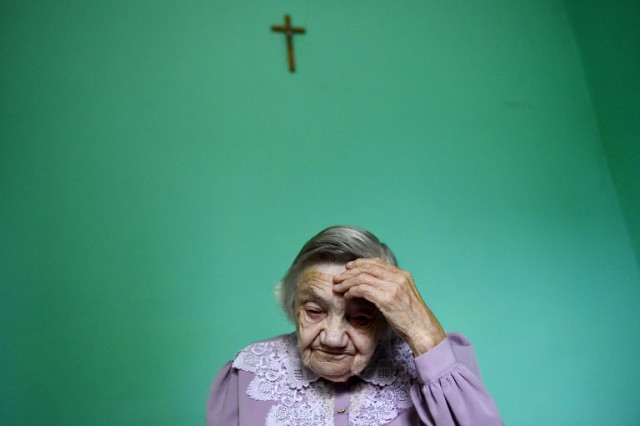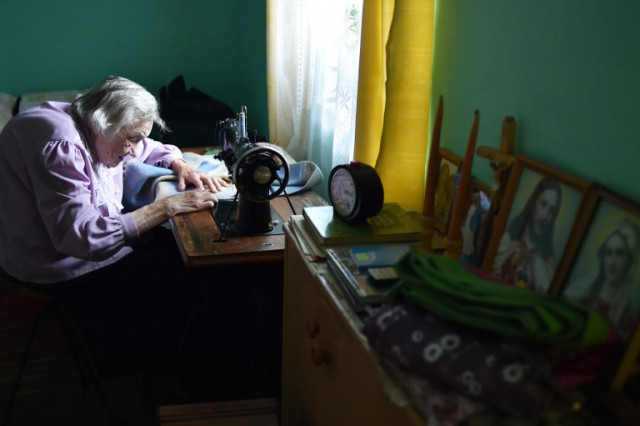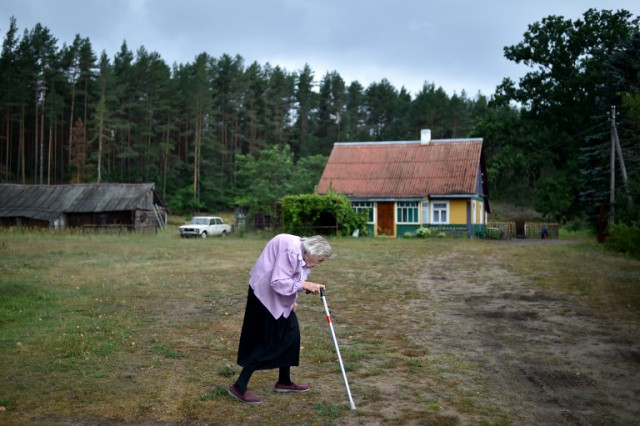“We have never received confirmation of what happened to Wallenberg, and feel that now after a lot of time has passed there may be a possibility to dig up new information,” Swedish Foreign Minister Carl Bildt’s spokeswoman Anna Charlotte Johansson told AFP.
Wallenberg, a Swedish businessman and diplomat hailed for rescuing tens of thousands of Hungarian Jews during World War II, went missing after his arrest by Soviet forces in Hungary on January 17th, 1945.
Soviet and later Russian officials have claimed the Swede died in Soviet custody on July 17th, 1947, but have never produced conclusive proof.
Johansson said diplomat Hans Magnusson, who led the Swedish-Russian working group on Raoul Wallenberg in the 1990s, had been asked to look into the case again.
“During the years that have gone by, new information has emerged from time to time in different ways,” she said, pointing out that “the information has not led us to determine what exactly happened and we think it is worth giving this a new try.”
At a ceremony in Budapest on Tuesday, kicking off a year-long commemoration of Wallenberg, who if alive would be turning 100 in August, Bildt pointed out that his country had never officially contested the Russian account but maintained there was “insufficient evidence to draw any firm conclusions.”
There is a clear need, he insisted, to determine “whether any new material has emerged that could shed additional light on what happened to Wallenberg after he was taken to Moscow.”
Two current researchers with the Swedish-Russian working group said earlier this week they had uncovered a document showing that after a brief period of increased openness shortly before the 1991 fall of the Soviet Union, the KGB security service and its Russian successor the FSB had begun actively working to block the Wallenberg probe.
The document, found in the Swedish foreign ministry archive, also showed the Swedish embassy in Moscow had early on been informed of the Russian stumbling blocks but never officially protested.






 Please whitelist us to continue reading.
Please whitelist us to continue reading.
Member comments